- Brooklyn Real Estate Listings Six Months Later: Two Sold, One in Contract
- Brooklyn Real Estate Listings Six Months Later: One Sold, Two in Contract, One off the Market
- Brooklyn Real Estate Listings Six Months Later: Two Sold, One Available
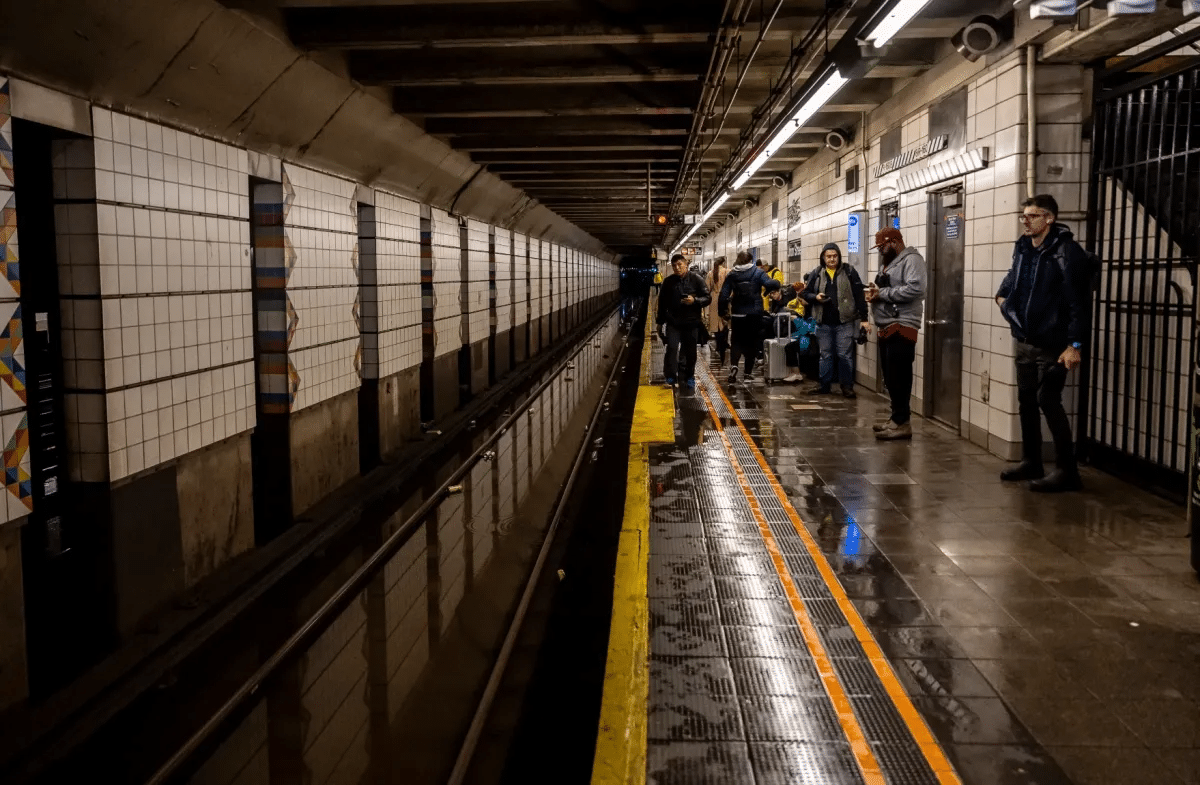 Flooding at a subway station in Brooklyn during a heavy rainstorm on September 29, 2023. Photo by Gabriele Holtermann[/caption]
Last year, parts of New York City were hit with a record rainfall from the remnants of a tropical storm. Some areas saw more than 8 inches of rain.
Extreme heat
According to the report, the number of hot days and the frequency and duration of heat waves are expected to increase as sea levels are also projected to rise.
Dramatic changes in climate can come with adverse effects for health and equity. Changes such as these can lead to health risks that become threats to all New Yorkers, especially those most vulnerable because of age, poor health, racial and social inequities, and social isolation, the report says.
Additionally, heat waves are, on average, the deadliest type of extreme weather in NYC, according to the report.
How will the city respond?
The NPCC, an advisory board appointed by the mayor, makes climate projections to help inform the city on climate changes and preparedness efforts needed for changes in weather. Scientists including professors of geology, ocean engineering, and environmental justice are part of the panel.
“As New York City responds to the impacts of climate change, we must be guided by the latest data, and the NPCC findings will be used by city agencies to inform our policy and programs,” New York City Chief Climate Officer and Department of Environmental Protection Commissioner Rohit T. Aggarwala said. “The panel’s variety of expertise, including in architecture, design, and demography, has been essential to creating this important work, and we look forward to many more years of collaboration.”
Flooding, one of the key areas of research within the report, can limit how people navigate the city. It can lead to closed roads, limited commutes, and transit disruptions. (Check out NYC’s stormwater flood map.)
With flooding becoming an increasingly important issue for NYC, the NPCC’s report says that “more grey and green infrastructure and natural and nature-based solutions are needed.” Grey and green infrastructure refers to a combination of natural landscapes as well as manmade approaches to combat flooding, including pipes and sea walls.
Elijah Hutchinson, executive director of the Mayor’s Office of Climate and Environmental Justice, said the report will “serve as a foundation” for city construction projects when it comes to infrastructure.
“The best available science on climate helps advance our goals to further environmental justice and improve health for all New Yorkers,” Hutchinson said. “This data will also serve as a foundation for city construction projects as we work to make our infrastructure more resilient.”
Since the high burdens of climate adaptation, including higher energy costs, insurance premiums and relocation, can affect people differently, the report also suggests a “a climate displacement and social vulnerability score to better measure the risks of climate displacement.”
“Excessive heat, rain, tides, and pollution threaten the foundational strength of New York City, a foundation critically necessary for strong housing, strong schools, and a strong economy,” Deputy Mayor for Operations Meera Joshi said. “We must rise to the occasion as a city, making sure every dollar spent towards infrastructure goes further, and every foot of grass, every tree, every brick, does double duty to account for rain and heat. Through daily discipline we will meet our climate goals and ensure the bright New York City future that our children and grandchildren deserve.”
Editor’s note: A version of this story originally ran in amNY. Click here to see the original story.
Related Stories
Flooding at a subway station in Brooklyn during a heavy rainstorm on September 29, 2023. Photo by Gabriele Holtermann[/caption]
Last year, parts of New York City were hit with a record rainfall from the remnants of a tropical storm. Some areas saw more than 8 inches of rain.
Extreme heat
According to the report, the number of hot days and the frequency and duration of heat waves are expected to increase as sea levels are also projected to rise.
Dramatic changes in climate can come with adverse effects for health and equity. Changes such as these can lead to health risks that become threats to all New Yorkers, especially those most vulnerable because of age, poor health, racial and social inequities, and social isolation, the report says.
Additionally, heat waves are, on average, the deadliest type of extreme weather in NYC, according to the report.
How will the city respond?
The NPCC, an advisory board appointed by the mayor, makes climate projections to help inform the city on climate changes and preparedness efforts needed for changes in weather. Scientists including professors of geology, ocean engineering, and environmental justice are part of the panel.
“As New York City responds to the impacts of climate change, we must be guided by the latest data, and the NPCC findings will be used by city agencies to inform our policy and programs,” New York City Chief Climate Officer and Department of Environmental Protection Commissioner Rohit T. Aggarwala said. “The panel’s variety of expertise, including in architecture, design, and demography, has been essential to creating this important work, and we look forward to many more years of collaboration.”
Flooding, one of the key areas of research within the report, can limit how people navigate the city. It can lead to closed roads, limited commutes, and transit disruptions. (Check out NYC’s stormwater flood map.)
With flooding becoming an increasingly important issue for NYC, the NPCC’s report says that “more grey and green infrastructure and natural and nature-based solutions are needed.” Grey and green infrastructure refers to a combination of natural landscapes as well as manmade approaches to combat flooding, including pipes and sea walls.
Elijah Hutchinson, executive director of the Mayor’s Office of Climate and Environmental Justice, said the report will “serve as a foundation” for city construction projects when it comes to infrastructure.
“The best available science on climate helps advance our goals to further environmental justice and improve health for all New Yorkers,” Hutchinson said. “This data will also serve as a foundation for city construction projects as we work to make our infrastructure more resilient.”
Since the high burdens of climate adaptation, including higher energy costs, insurance premiums and relocation, can affect people differently, the report also suggests a “a climate displacement and social vulnerability score to better measure the risks of climate displacement.”
“Excessive heat, rain, tides, and pollution threaten the foundational strength of New York City, a foundation critically necessary for strong housing, strong schools, and a strong economy,” Deputy Mayor for Operations Meera Joshi said. “We must rise to the occasion as a city, making sure every dollar spent towards infrastructure goes further, and every foot of grass, every tree, every brick, does double duty to account for rain and heat. Through daily discipline we will meet our climate goals and ensure the bright New York City future that our children and grandchildren deserve.”
Editor’s note: A version of this story originally ran in amNY. Click here to see the original story.
Related Stories
- Earthquake Rocks Brooklyn
- City to Build Out Climate Innovation Hub for Green Tech at Sunset Park's Brooklyn Army Terminal
- Hottest Summer on Record Shows the Impact of Climate Change on Brooklyn
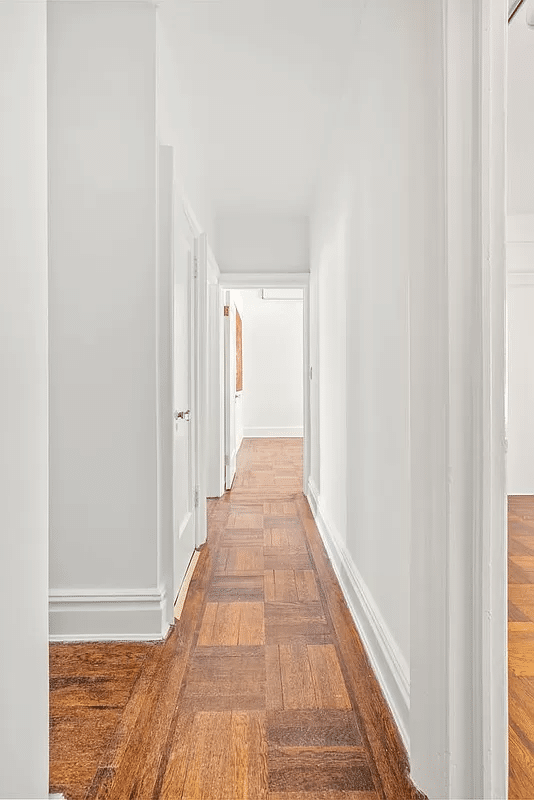 [/caption]
[caption id="attachment_523628" align="alignnone" width="1199"]
[/caption]
[caption id="attachment_523628" align="alignnone" width="1199"]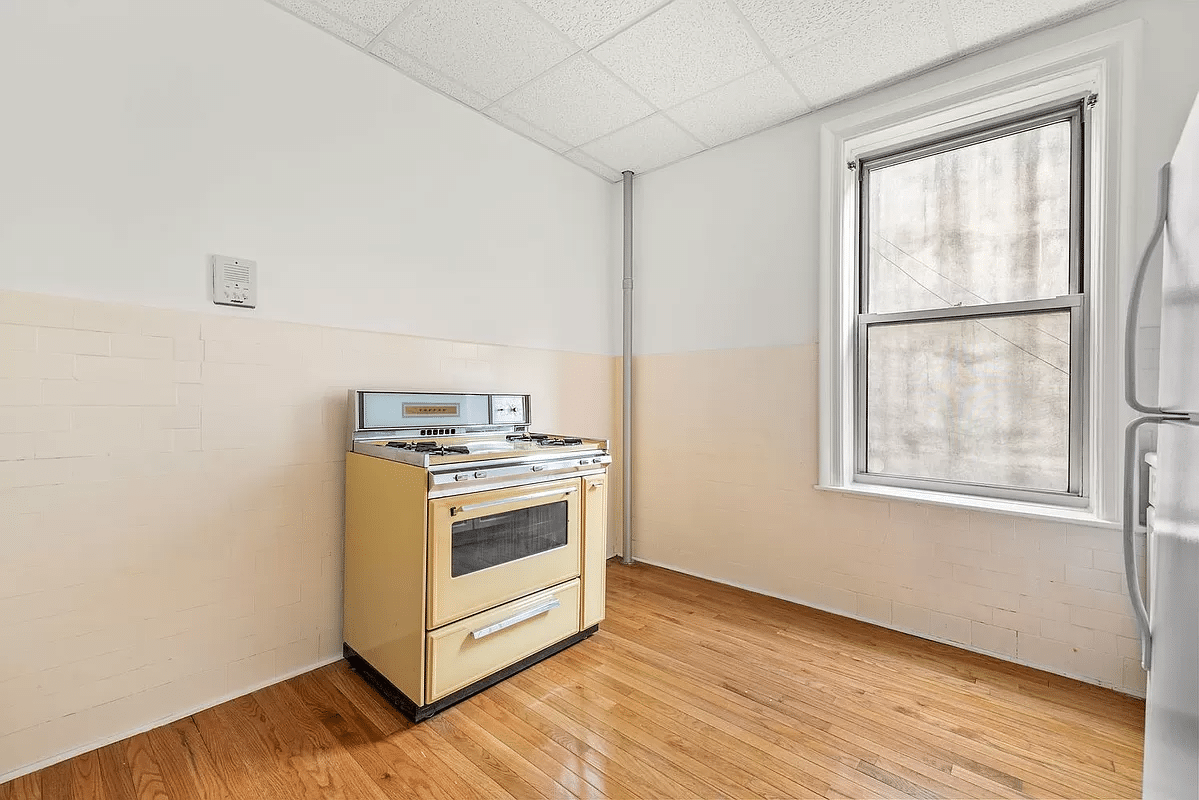 [/caption]
[caption id="attachment_523623" align="alignnone" width="1199"]
[/caption]
[caption id="attachment_523623" align="alignnone" width="1199"]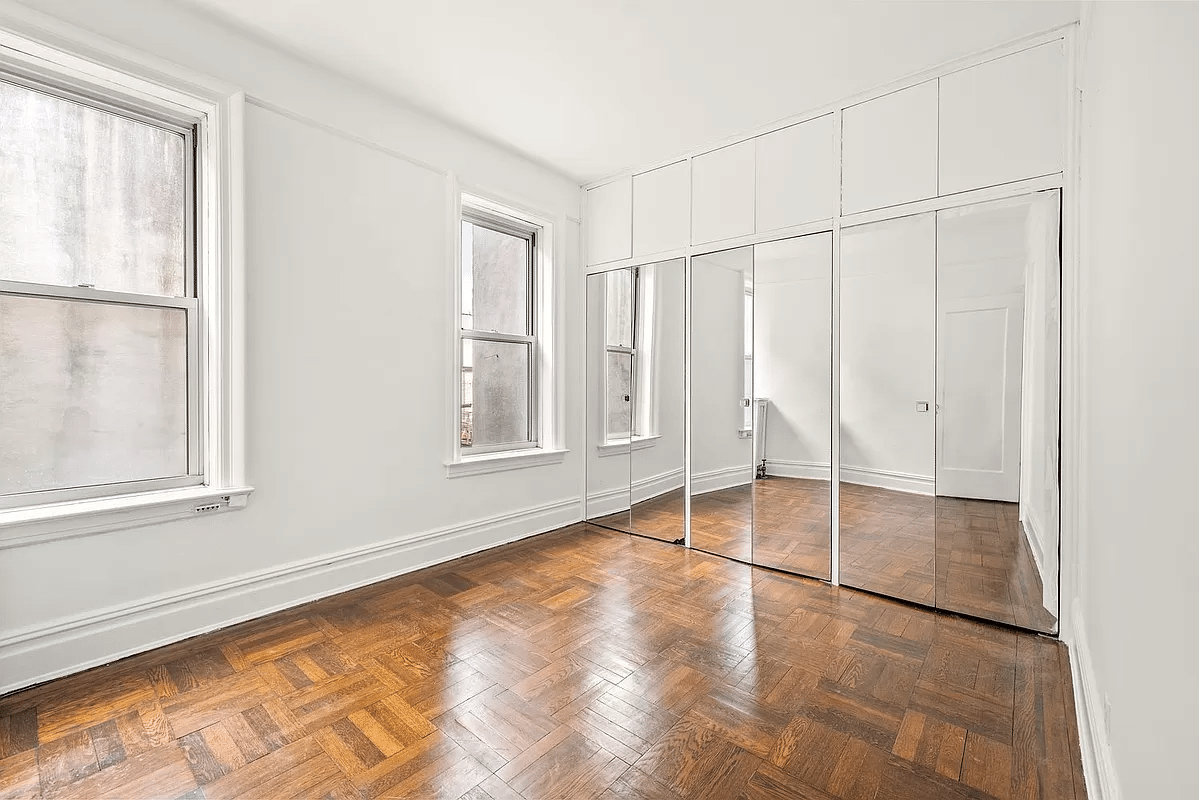 [/caption]
[caption id="attachment_523625" align="alignnone" width="1199"]
[/caption]
[caption id="attachment_523625" align="alignnone" width="1199"]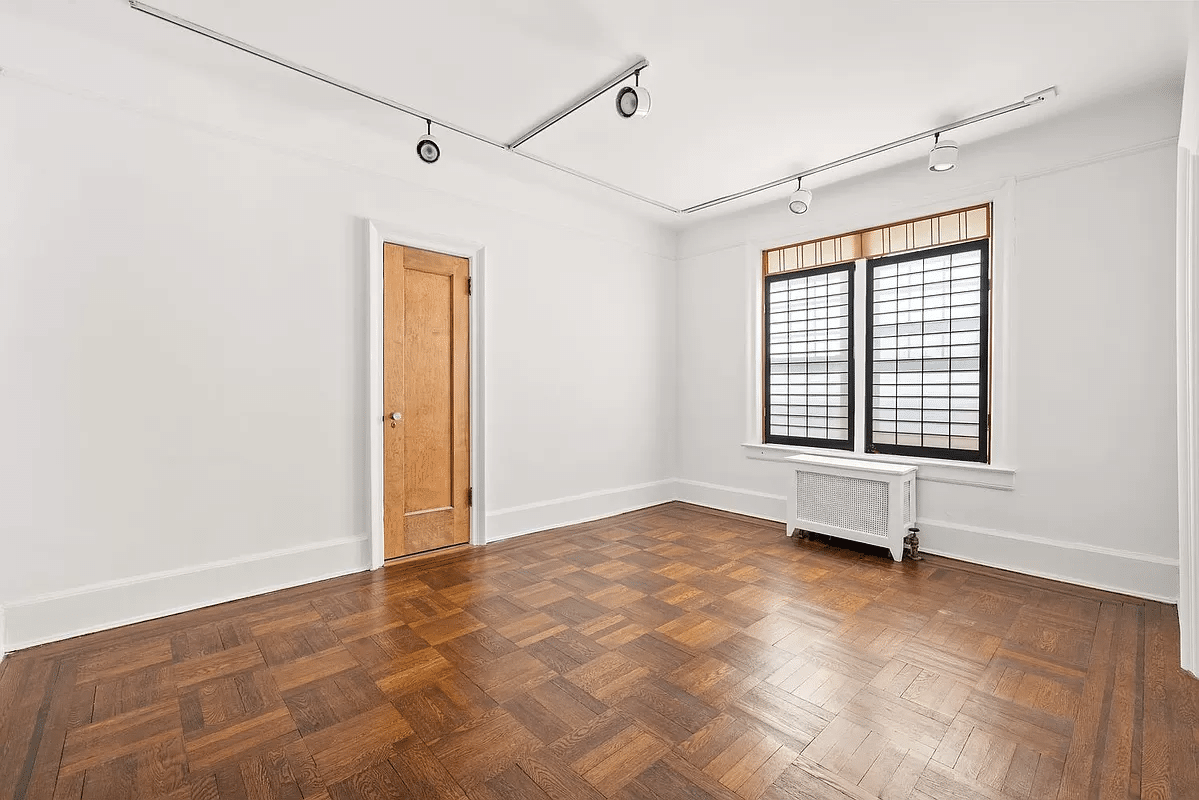 [/caption]
[caption id="attachment_523626" align="alignnone" width="1199"]
[/caption]
[caption id="attachment_523626" align="alignnone" width="1199"]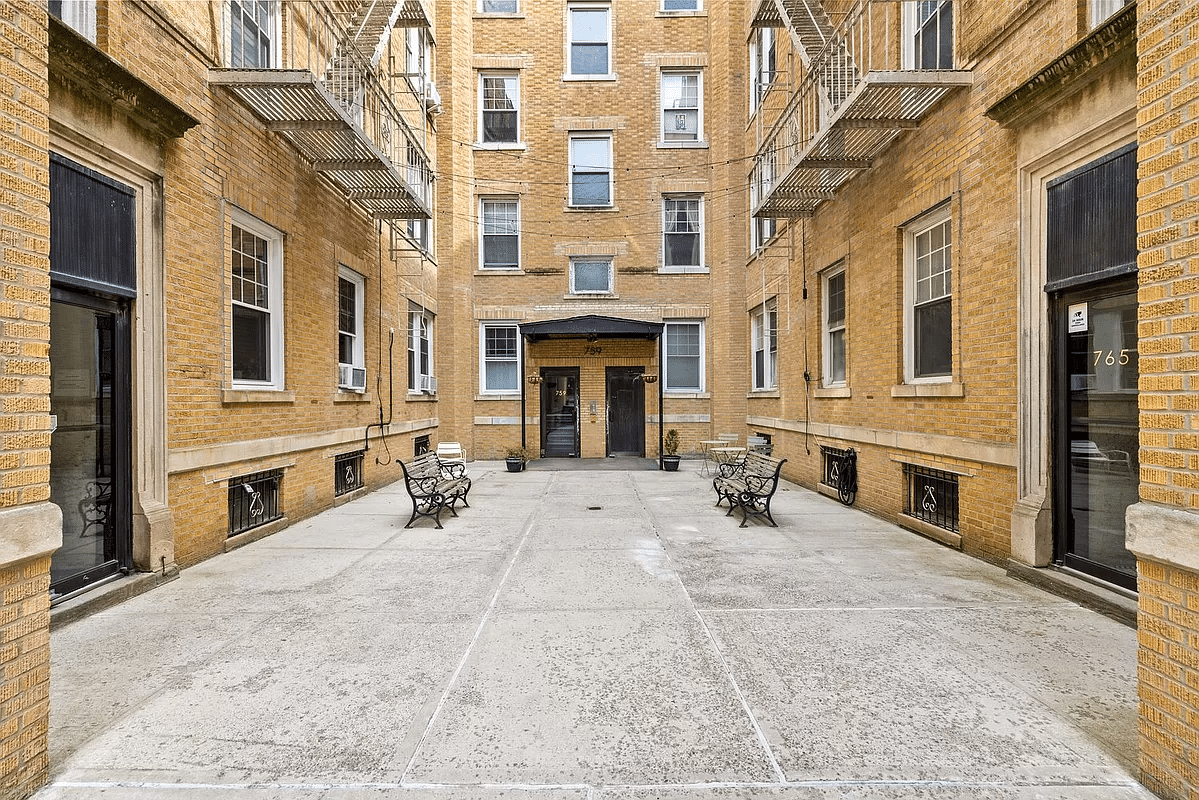 [/caption]
[caption id="attachment_523629" align="alignnone" width="1037"]
[/caption]
[caption id="attachment_523629" align="alignnone" width="1037"]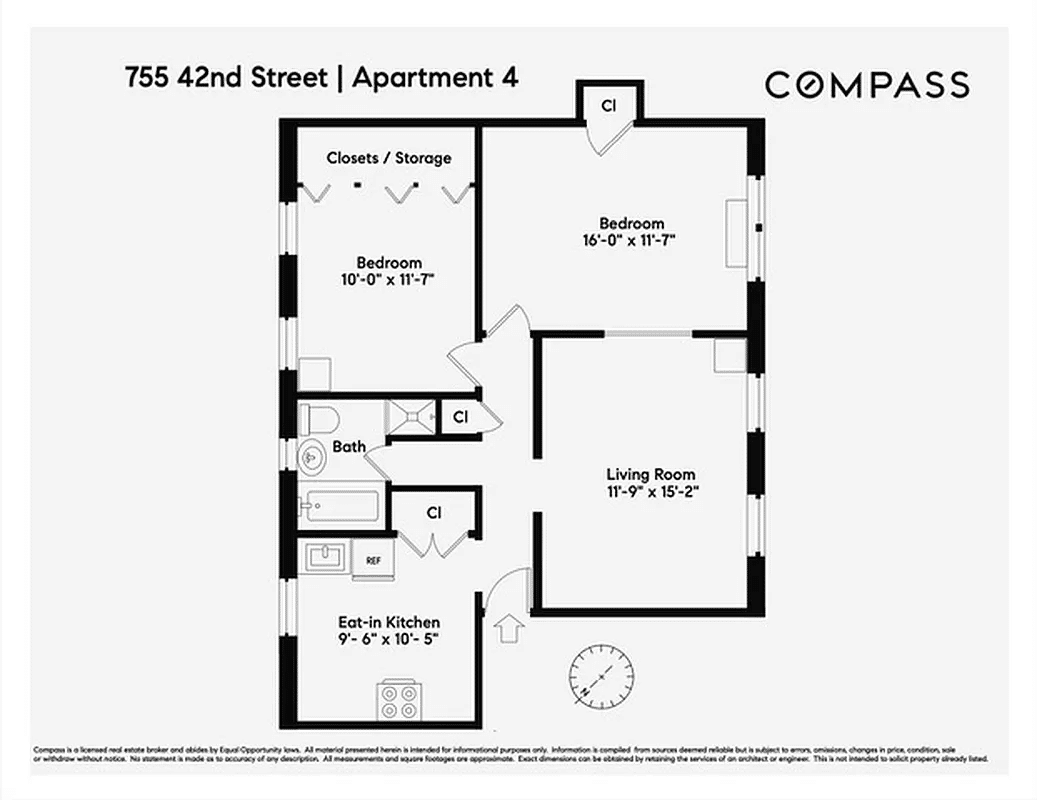 [/caption]
Related Stories
[/caption]
Related Stories
- Sunset Park Finnish Co-op With Window Seat, Built-ins, Penny Tile Asks $849K
- Jitterbug-Era Flatbush Studio With Foyer, Pointed Arches, Faceted Tub Asks $230K
- Brooklyn Heights Co-op Near Promenade With Fireplace Asks $2.25 Million
The saga of a Brooklyn Heights co-op building’s switching from oil to electric heat tells both a success story and a cautionary tale about what it takes to reinvent a century-old residence for a greener new era.
Kathryn DeFehr, an architect who lives in the 20-apartment Hicks Street building, was the driving force for the project that’s been four years in the making. On an early April morning, the construction crew had finally hit her home.
Her living room was draped in plastic sheets. A team over two days installed heat pumps in her unit, conferring with her every so often about precise placement of the equipment.
“It’s been a long process,” said DeFehr, whose windows were open to provide relief from the stuffy heat she couldn’t regulate.
Soon electric heat pumps will provide heating and cooling for every apartment. The water heater will also run on electricity, and Con Ed will perform electric upgrades to bring more power to the building, which is also getting structural repairs. DeFehr expects the work to be done by the summer, just in time for the residents to take advantage of the cooling.
The complex project is happening thanks to a confluence of legwork and luck: Professionals on the board, like DeFehr, had the know-how to navigate the process; the timing was such that the board could take advantage of a generous rebate program; and the contractor doing the job gave them a deal.
The work at the Hicks Street building shows how transitioning to electric heating from fossil fuels can require considerable time, financial resources, and technical expertise.
The daunting renovation is one that thousands of other buildings in the city may be considering as a deadline draws closer to comply with a city climate rule, known as Local Law 97. Under that legislation, buildings — the largest source of planet-warming, air-polluting emissions in New York City — of over 25,000 square feet must reduce their carbon output or face fines. And beyond that mandate, experts say converting fossil fuel-reliant buildings to electric is key to meet statewide climate goals.
Bold Leap
The co-op building’s oil-burning boiler was about 50 years old, nearing the end of its life, and needed to be replaced. The board had discussed upgrading to gas, but DeFehr convinced them otherwise and helped walk them through how the new electric technology would work.
“I’m kind of an eco-warrior. I didn’t want to upgrade to gas, to another fossil fuel,” she said. “Now we’re leapfrogging to heat pumps.”
Heat pumps are more efficient than window air-conditioning units and boilers, which burn fossil fuels on site to produce heat. The devices work by pulling warmth in from the air or ground outside to heat a space and essentially do the reverse for cooling.
[caption id="attachment_483024" align="alignnone" width="3000"]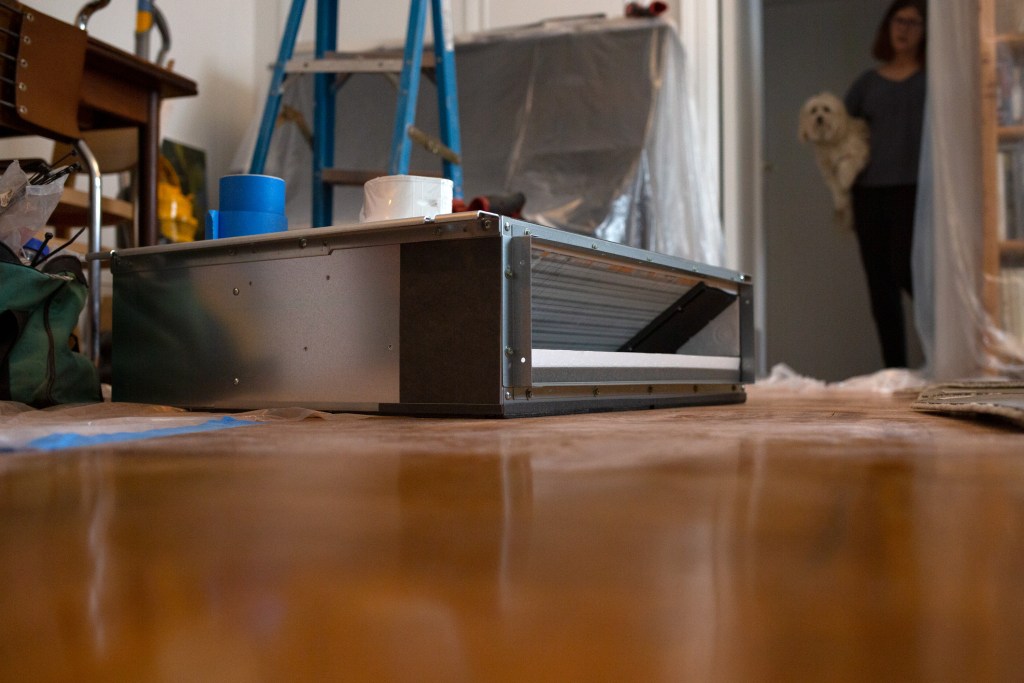 Kathryn Defehr looks on as an electric heat pumped is installed in her apartment, April 1, 2024. Photo by Ben Fractenberg/THE CITY[/caption]
Kathryn Defehr looks on as an electric heat pumped is installed in her apartment, April 1, 2024. Photo by Ben Fractenberg/THE CITY[/caption]
When board conversations about replacing the boiler began in 2020, it wasn’t clear if the building would even be subject to Local Law 97. But it is, and without changes, it faces annual penalties of about $13,400 starting in 2030. DeFehr said she feared if the board converted to gas, they’d have to level up once again to electric in order to comply with the law.
Mary Ann Rothman, executive director of Council of New York Cooperatives and Condominiums, has tried to encourage buildings to plan projects with Local Law 97 compliance in mind. For her, the Brooklyn Heights building is an example of doing just that.
“It’s always hardest for the pioneers,” she said. “Now that they've bitten the bullet once they do this upgrade, they will probably be in fine shape for Local Law 97 for a long time.”
When the boiler comes out, the building will not only slash its emissions, but shareholders will save approximately $50,000 annually spent on heating oil. Once the heat pumps are operational, each apartment will pay for its own heat as part of its electric bill, rather than sharing a payment for everyone’s heat.
“The main obstacle is financial for anyone doing this, but in the long run it’s going to save us money,” DeFehr said.
Hard Math
In all, the job costs about $900,000. Tom Esposito, president of VRF Solutions, the company doing the work, said the price should have really cost over $1 million, but he was able to secure “preferential pricing.”
The board expects to receive over $200,000 worth of rebates from Con Ed, contingent on decommissioning the boiler. That pencils out to a net cost of between $30,000 to $40,000 for each apartment.
The board decided to finance half the costs — increasing maintenance fees to pay for that — and shareholders each cover the other half of their unit’s costs up front, with options to finance if they need. The building’s lender didn’t allow the board to get outside financing. Instead, the co-op corporation had to get a second loan from the lender.
“It was a little complicated to work all the numbers out,” said board treasurer Greg Wiske, who works in finance and coordinated how the Hicks Street building would pay for the project. “Although there's never an ideal time to spend that much money, we figured we should do it now.”
Esposito, whose company has worked to electrify heating in several buildings around the city, said that cash-related barriers tend to restrict what kinds of multi-family buildings can make the transition from fossil fuels to electric heat pumps.
“The buildings that are more well-heeled and have their financing in place and have gotten educated on the technology go much quicker than folks that are just learning,” he said. “Some projects fail because of financing. Some of the folks that need it the most can’t get it.”
That’s a problem coming home to roost. The Federal Reserve Bank of New York estimated there are 1.3 million apartments in buildings with five to 50 units statewide that are heated with fossil fuel equipment nearing the end of its life. (Buildings of that size make up over 20 percent of the housing stock in New York City.)
“That's a lot of buildings that need to convert in order for the state to meet and the city to meet their goals,” said Claire Kramer Mills, director of community development analysis at the New York Fed.
Those buildings are particularly hard to electrify, in part because they are home to mostly low- and moderate-income tenants or may be rent-regulated with limited cash flow.
And costs go beyond electric heating equipment. Of the nearly 40,000 projects installed with Con Ed incentives across the state, only about 1 percent have been in buildings with five units or more, according to the utility company.
“It’s important for funding to be prioritized to support elements of electrification that are not necessarily visible, like new service connections, asbestos and mold remediation, master service panels, supporting central equipment,” said Daphany Rose Sanchez, executive director of Kinetic Communities Consulting, a firm helping buildings lock down financing for energy projects.
“These are the hidden costs we need to start talking about and make sure we can support buildings in New York City to get it done.”
THE CITY is a nonprofit newsroom that serves the people of New York. Sign up for our SCOOP newsletter and get exclusive stories, helpful tips, a guide to low-cost events, and everything you need to know to be a well-informed New Yorker.
- As Deadline for Climate Law Upgrade Looms, Some Aid May Be Available for Co-ops and Condos
- Climate Change and Warmer Winters Mean More Rain and Flooding in Brooklyn
- Hottest Summer on Record Shows the Impact of Climate Change on Brooklyn
From the Forum
Looking for advice about a home improvement project? Want to talk about what’s going on in your neighborhood? Start here.
In the News
April 30th, 2024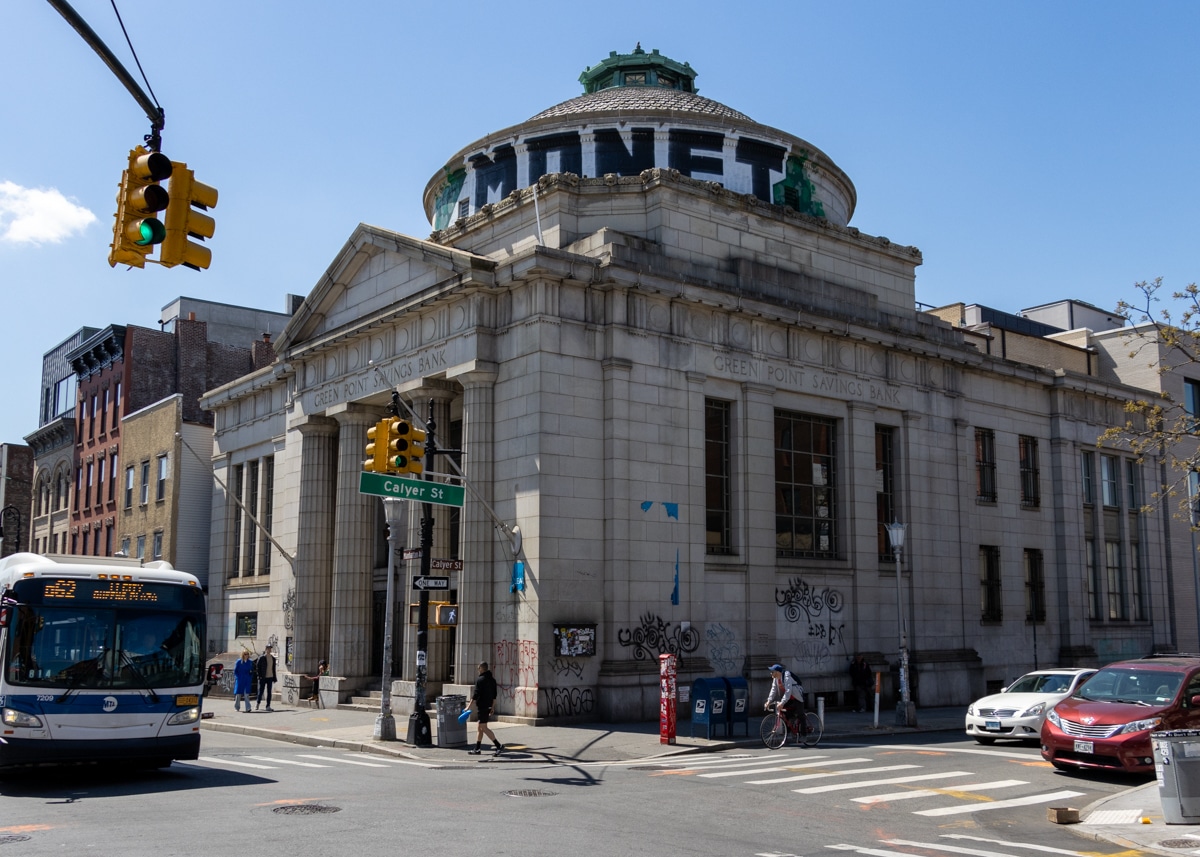
In the News
- Borough-Based Jails Delayed, Over Budget [Eagle]
- Open Stages Music Festival Hits Park Slope in May [BK Reader]
- It’s a Mural, in the Making [Bushwick Daily]
- Wacky Birding Group Ruffling Feathers in Greenpoint [Gothamist]
- Brooklyn-Queens Train on Streets ‘Grave’ Mistake: Advocates [Streetsblog]
- Lesbian Archive in Brooklyn Documents Years of Sapphic History [NBC]
- Emily Weiss Bought Two Townhouses in Five Months [Curbed]
- These New Yorkers Live With Animals That Disgust Many [Vox]
- WeWork Sticking Around at Kushner, RFR’s Dumbo Office [TRD]
- Exterior Work Progresses on 345 Bergen Street in Boerum Hill [NYY]
- The Refinery at Domino Announces New Leases [NYY]
Interiors & Renovation
See AllExplore Brownstoner
Best of Brownstoner
See AllBrooklyn Home Pros
Preparing to buy a home? Gut-renovating a townhouse? Just need something fixed? Brownstoner Home Pros is here to help.


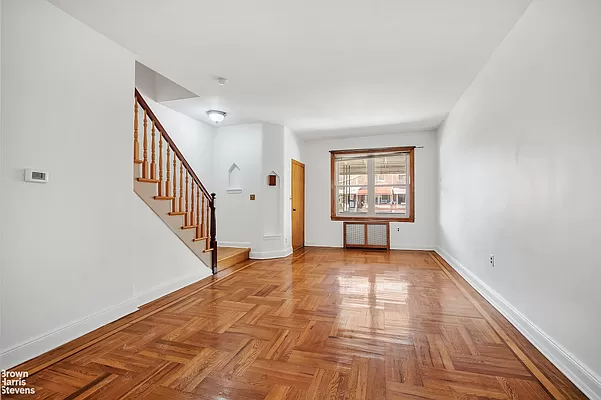 [/caption]
403 East 58th Street
Price: $630,000
Area: East Flatbush
Broker: Brown Harris Stevens (Traci Byers)
[/caption]
403 East 58th Street
Price: $630,000
Area: East Flatbush
Broker: Brown Harris Stevens (Traci Byers)
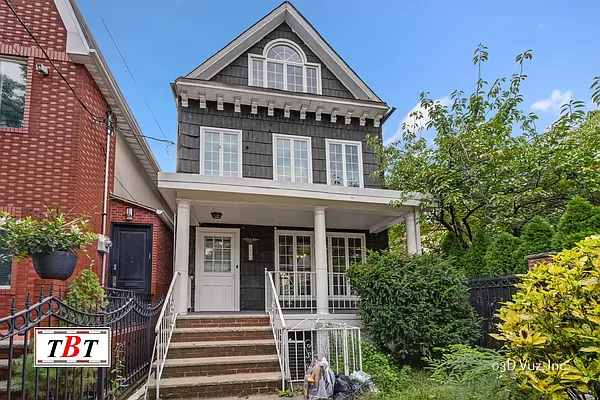 [/caption]
1534 East 22nd Street
Price: $1.1 million
Area: Midwood
Broker: The Behfar Team (Cina Azarfar)
[/caption]
1534 East 22nd Street
Price: $1.1 million
Area: Midwood
Broker: The Behfar Team (Cina Azarfar)
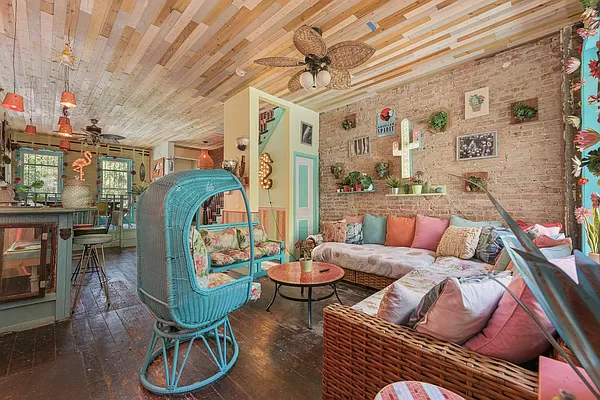 [/caption]
551 Lexington Avenue
Price: $1.335 million
Area: Bed Stuy
Broker: Sotheby’s International (Nikki Beauchamp)
[/caption]
551 Lexington Avenue
Price: $1.335 million
Area: Bed Stuy
Broker: Sotheby’s International (Nikki Beauchamp)
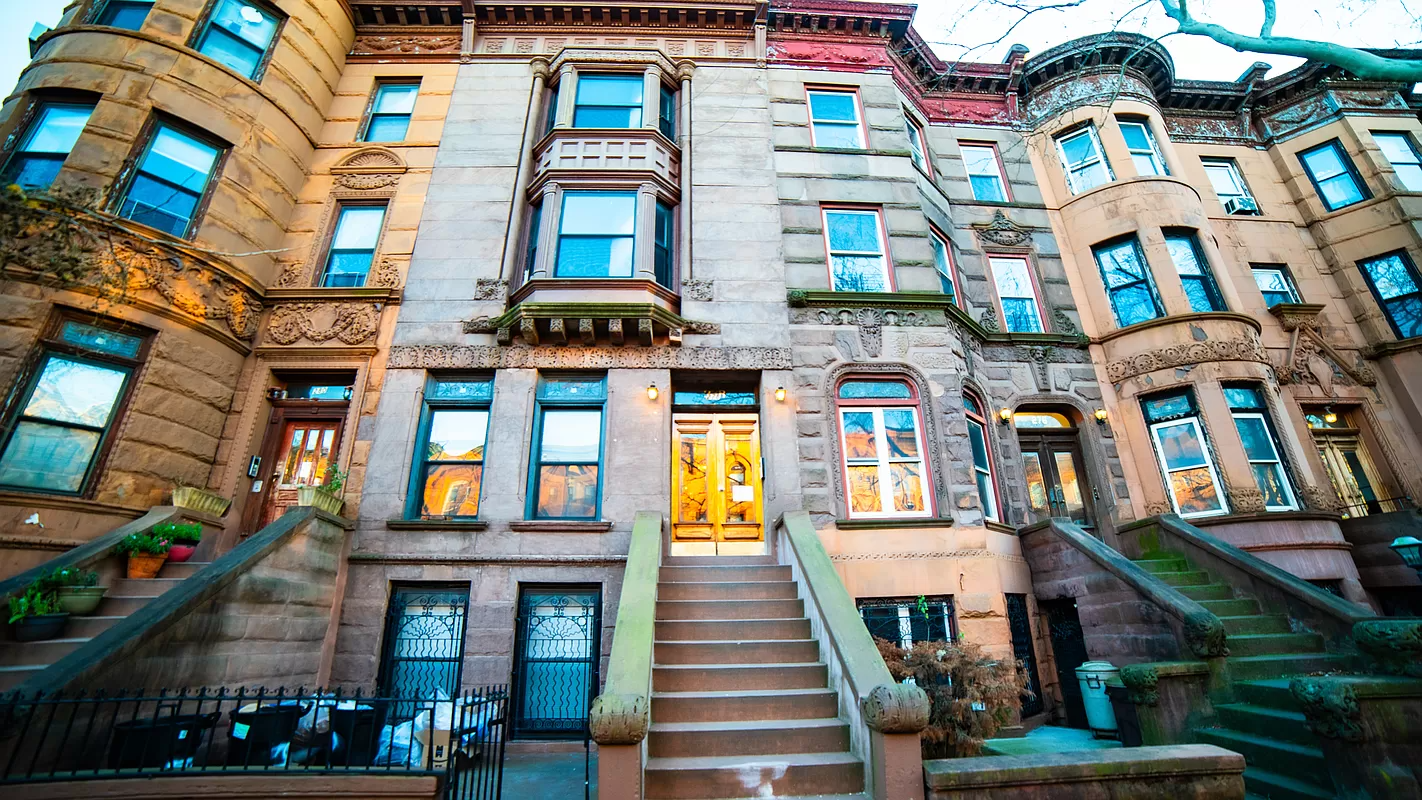 [/caption]
278 Decatur Street
Price: $3.165 million
Area: Bed Stuy
Broker: Keller Williams (Keith Gauntlett)
[/caption]
278 Decatur Street
Price: $3.165 million
Area: Bed Stuy
Broker: Keller Williams (Keith Gauntlett)

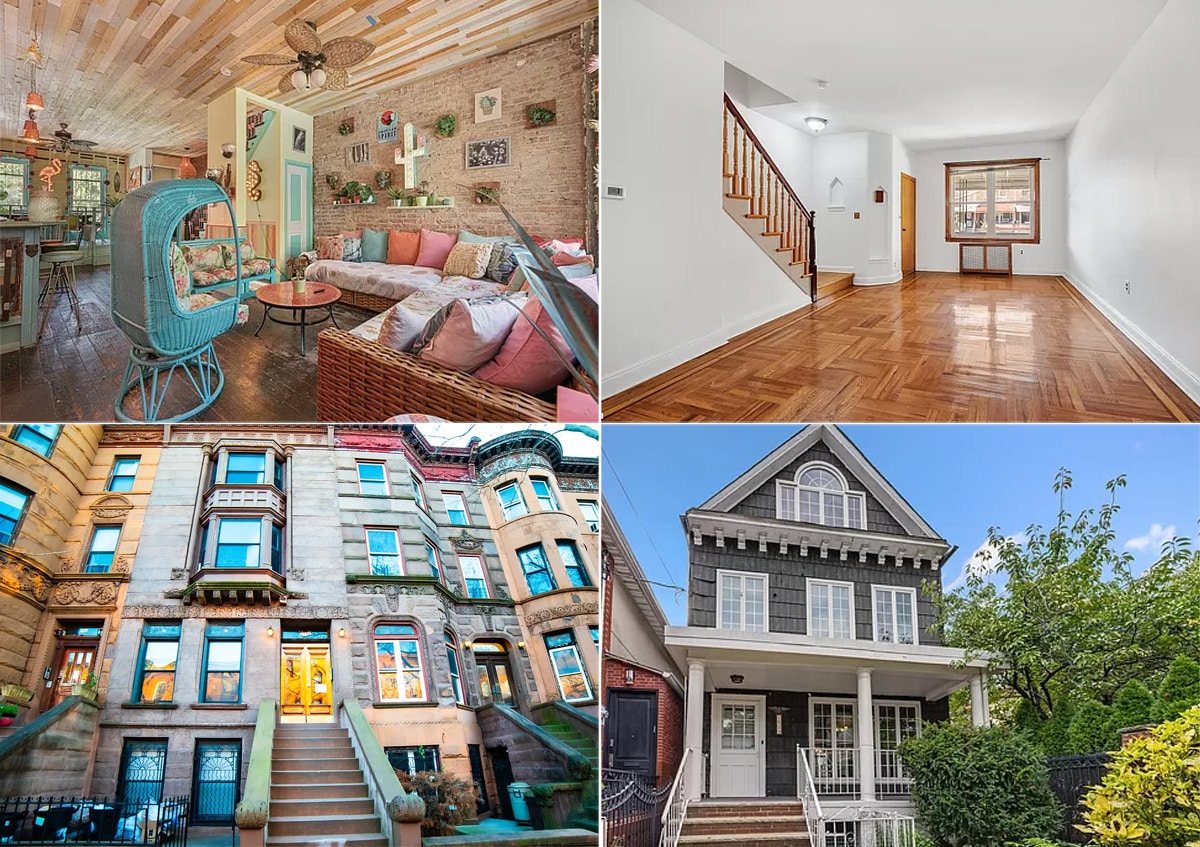
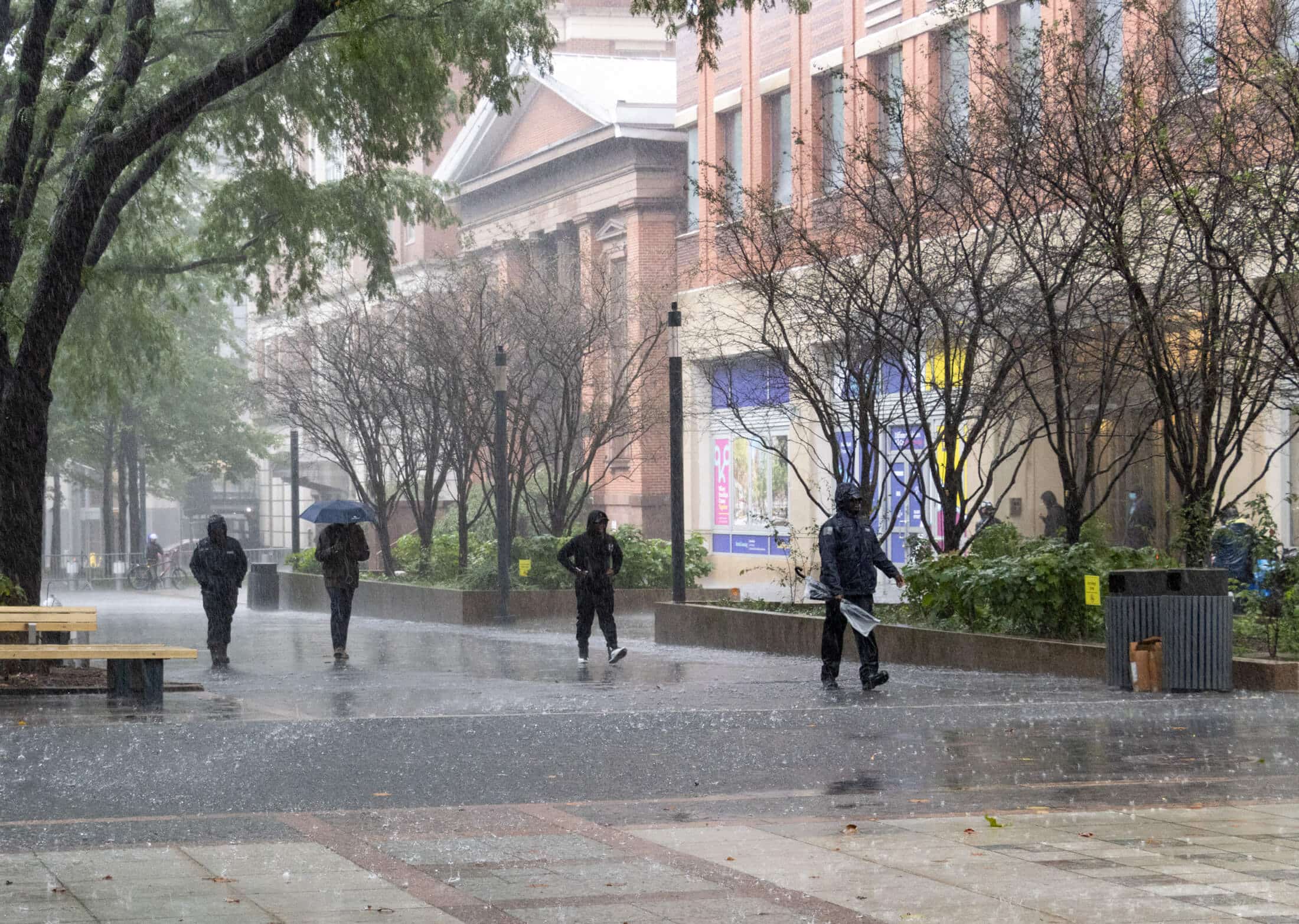
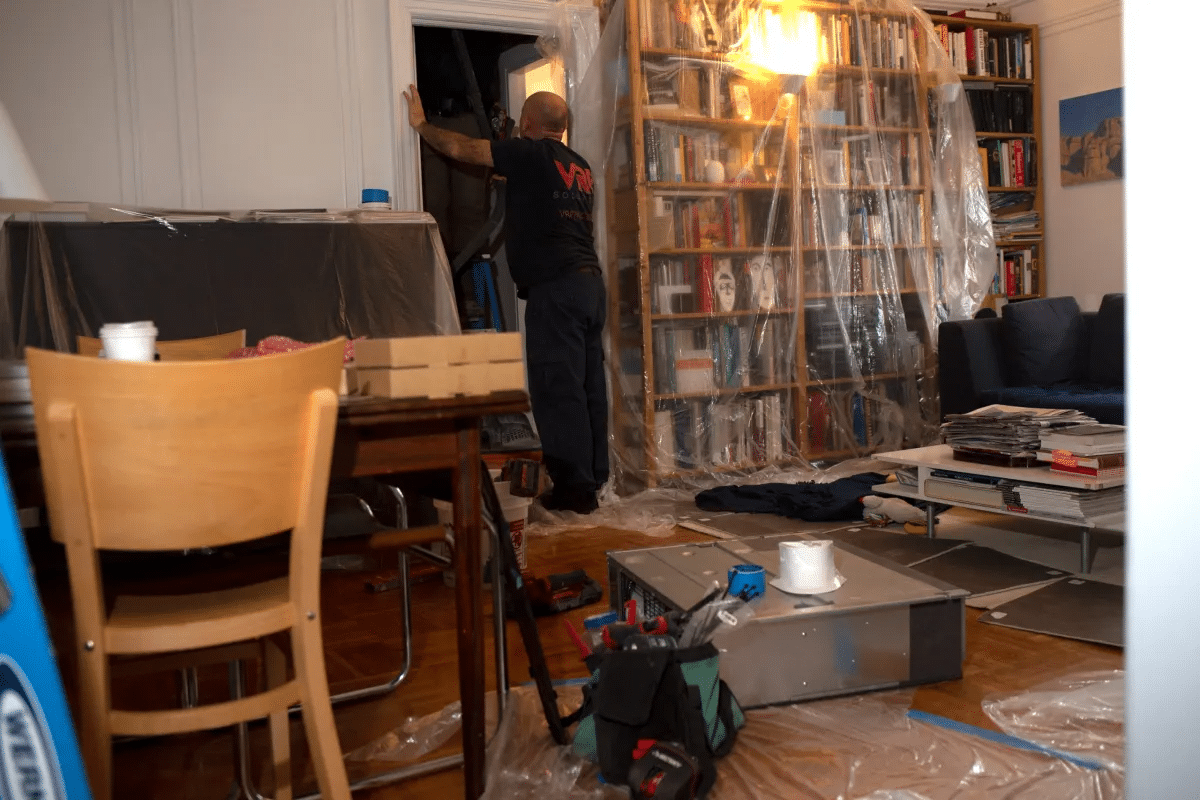

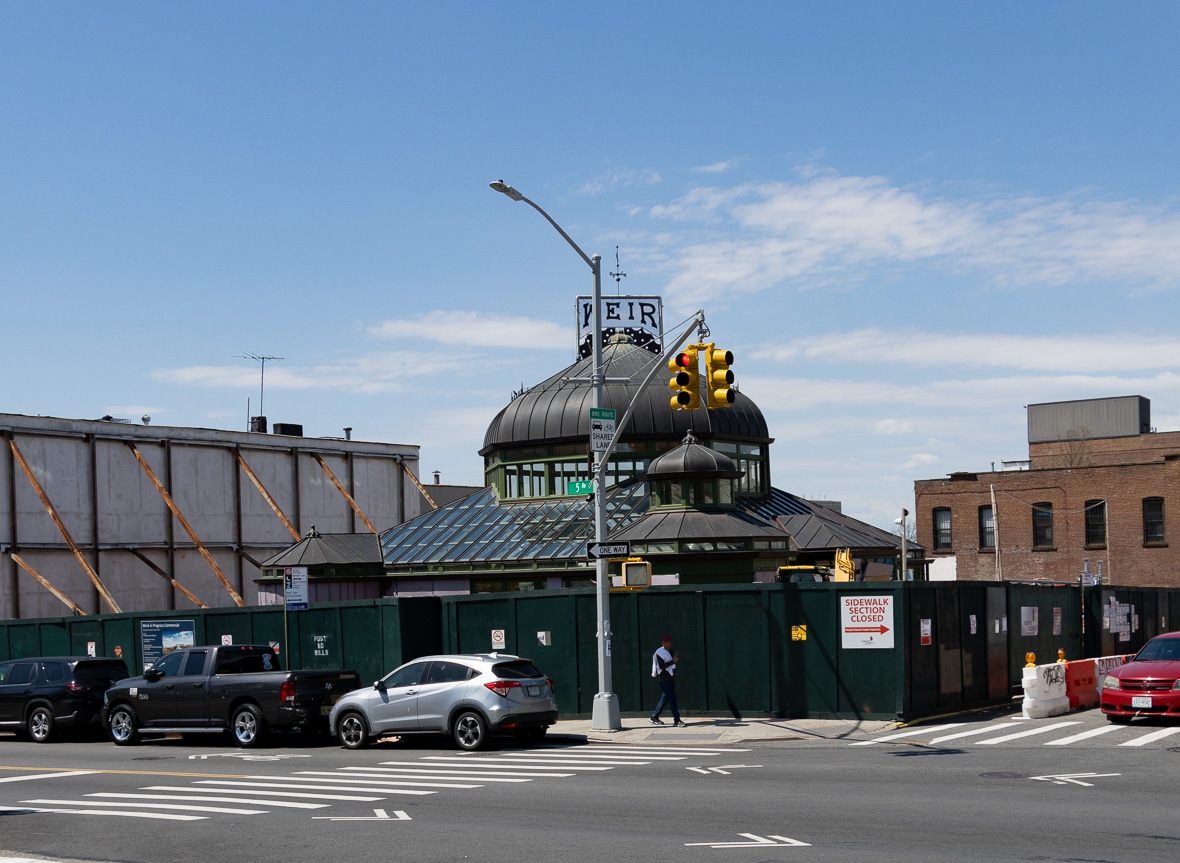

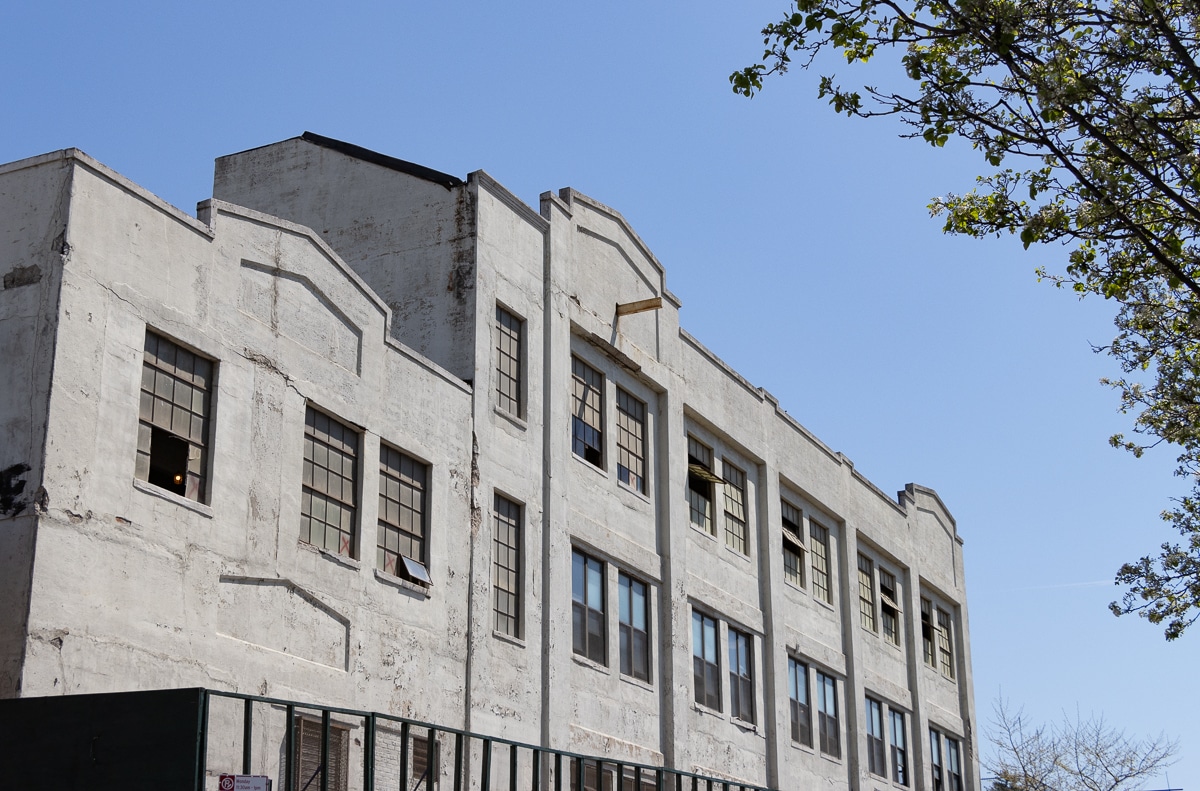

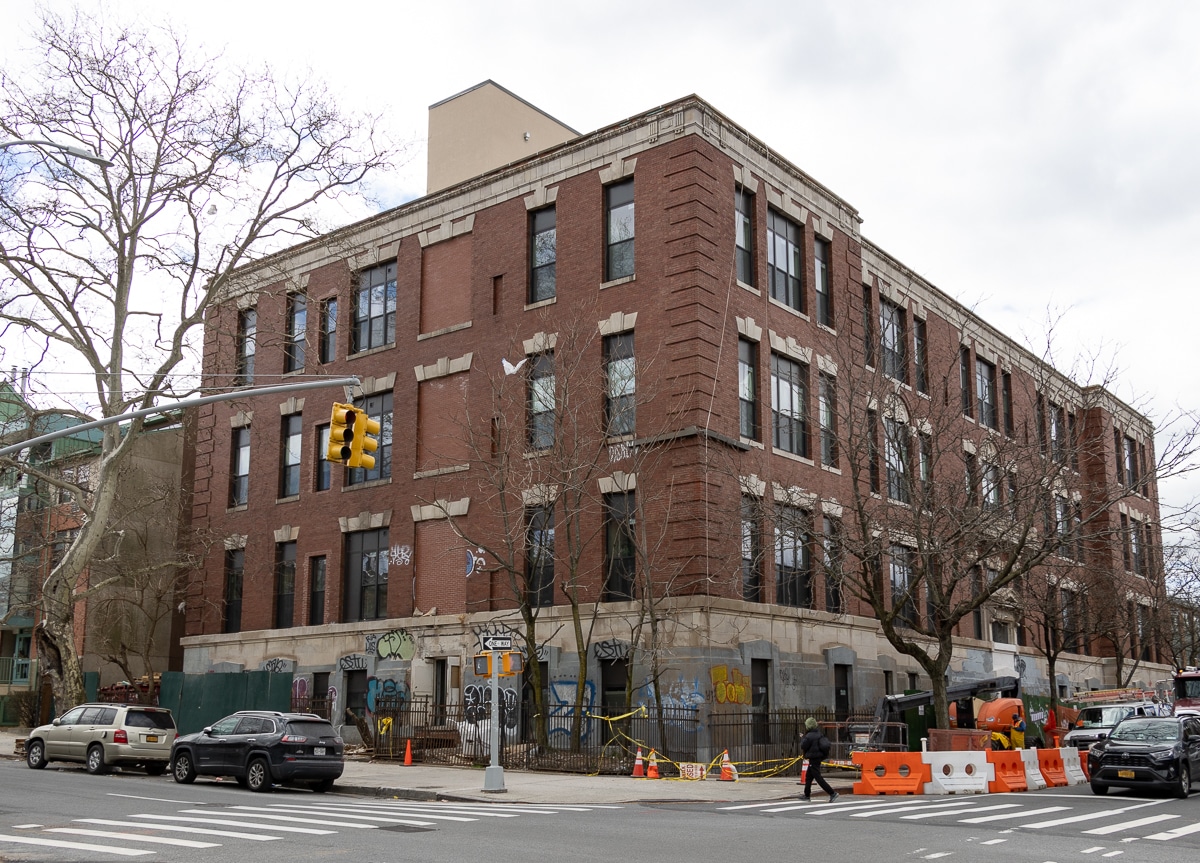

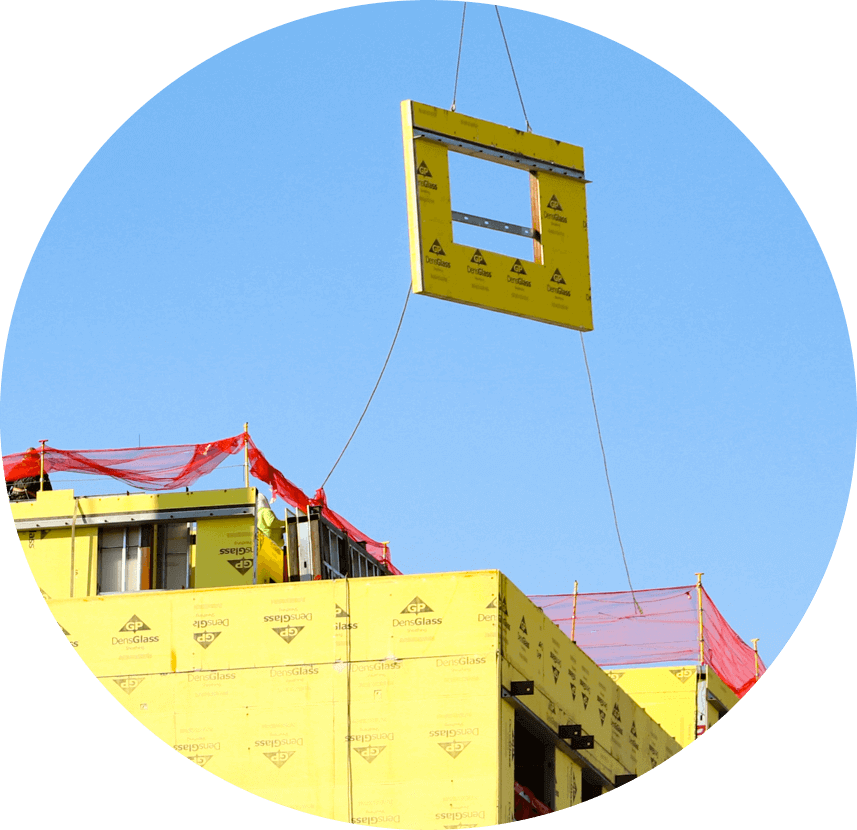




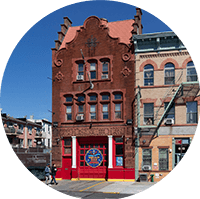
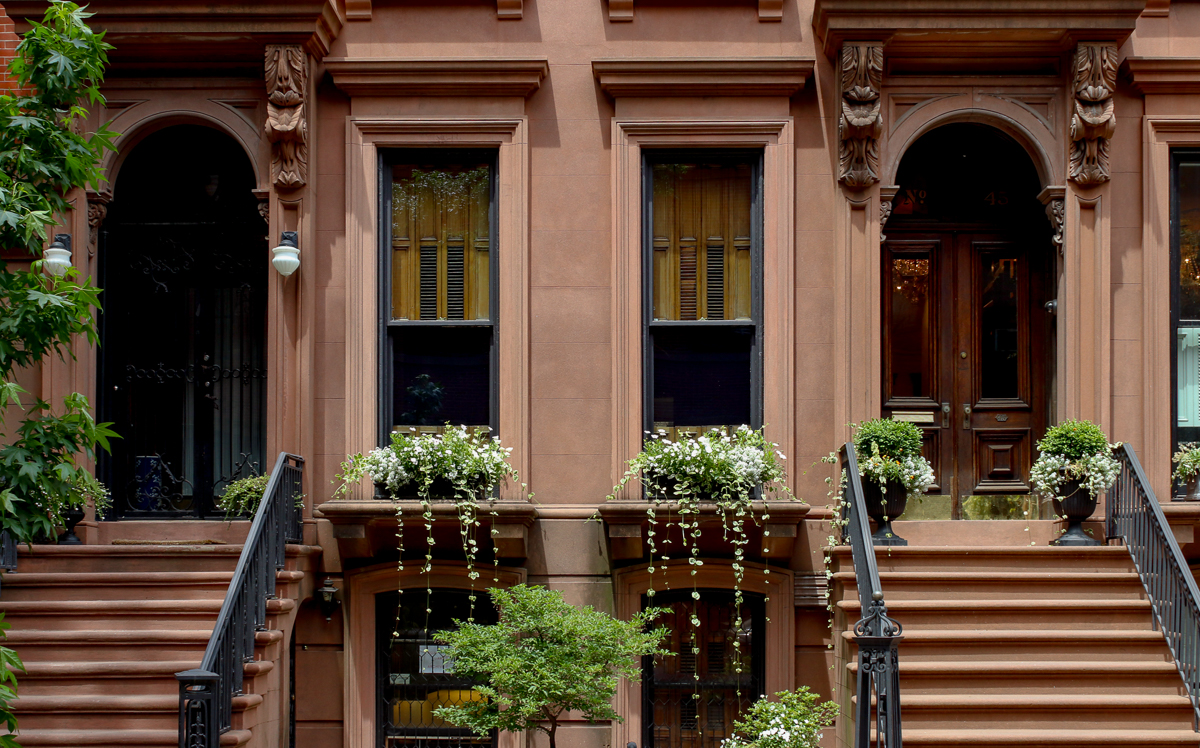

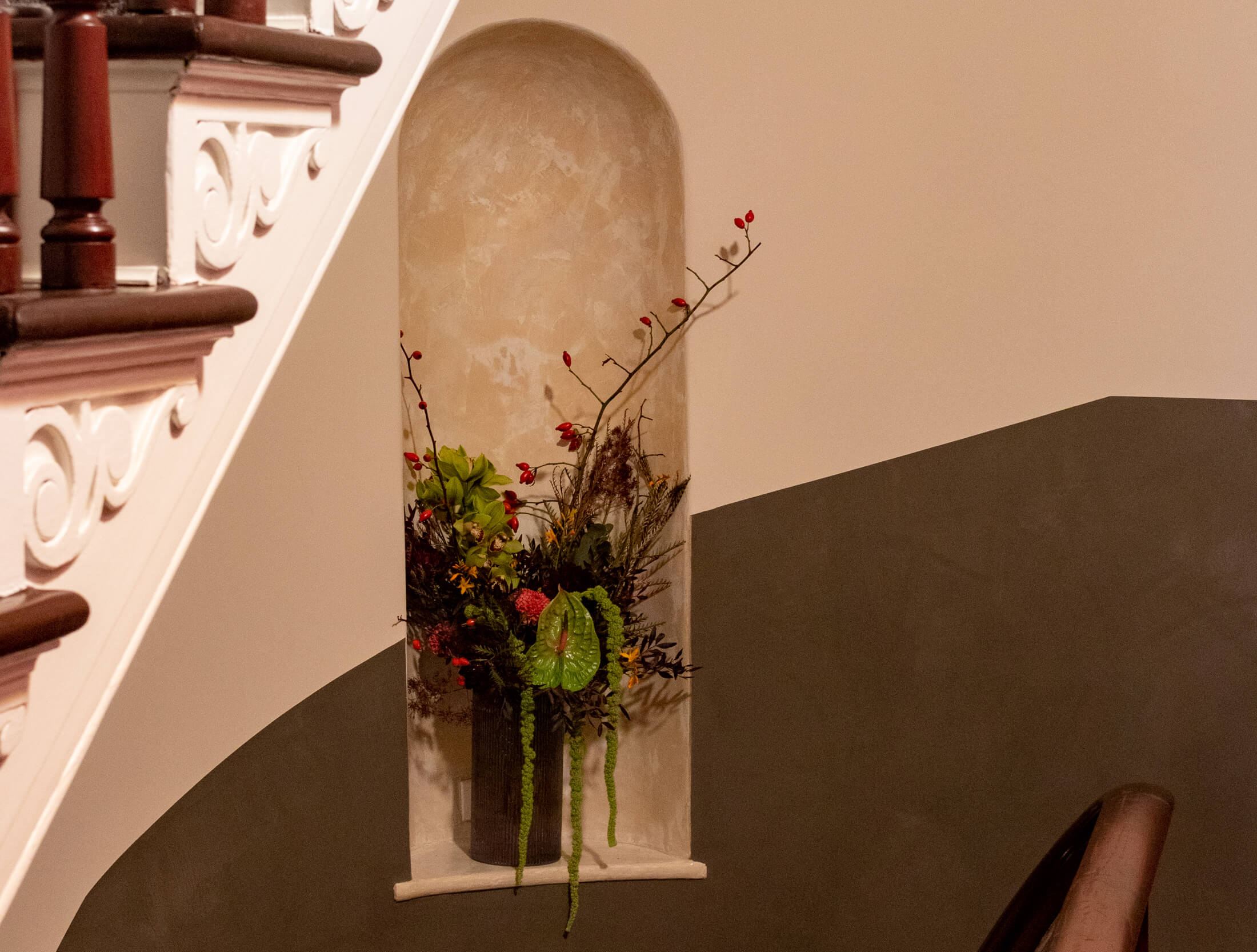
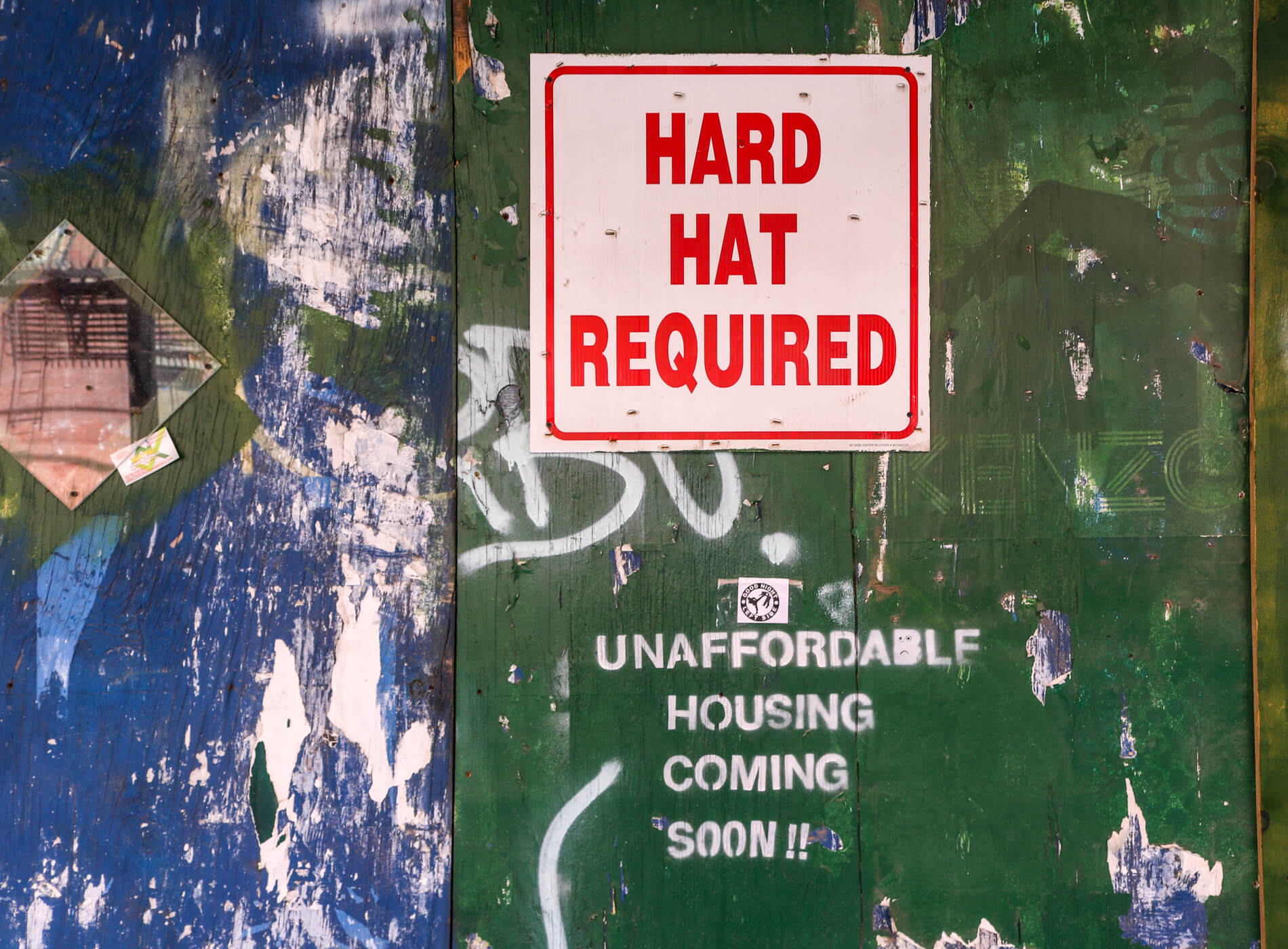
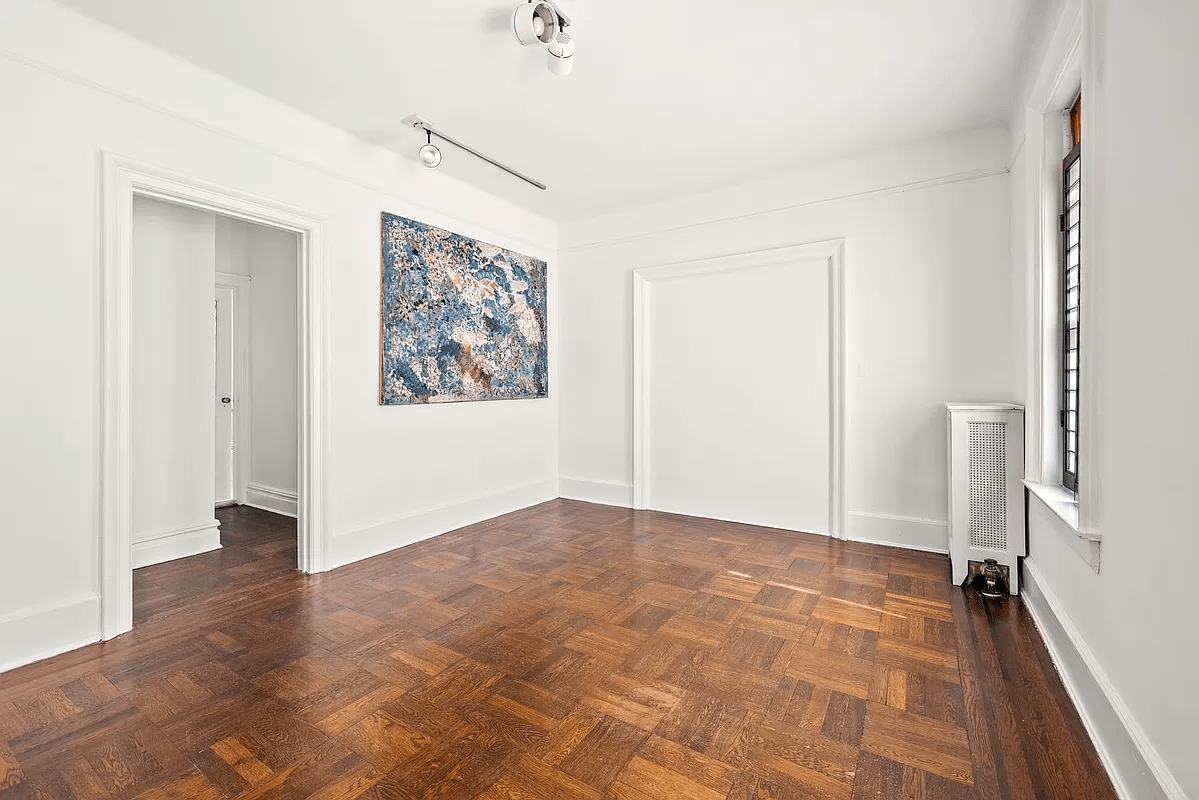



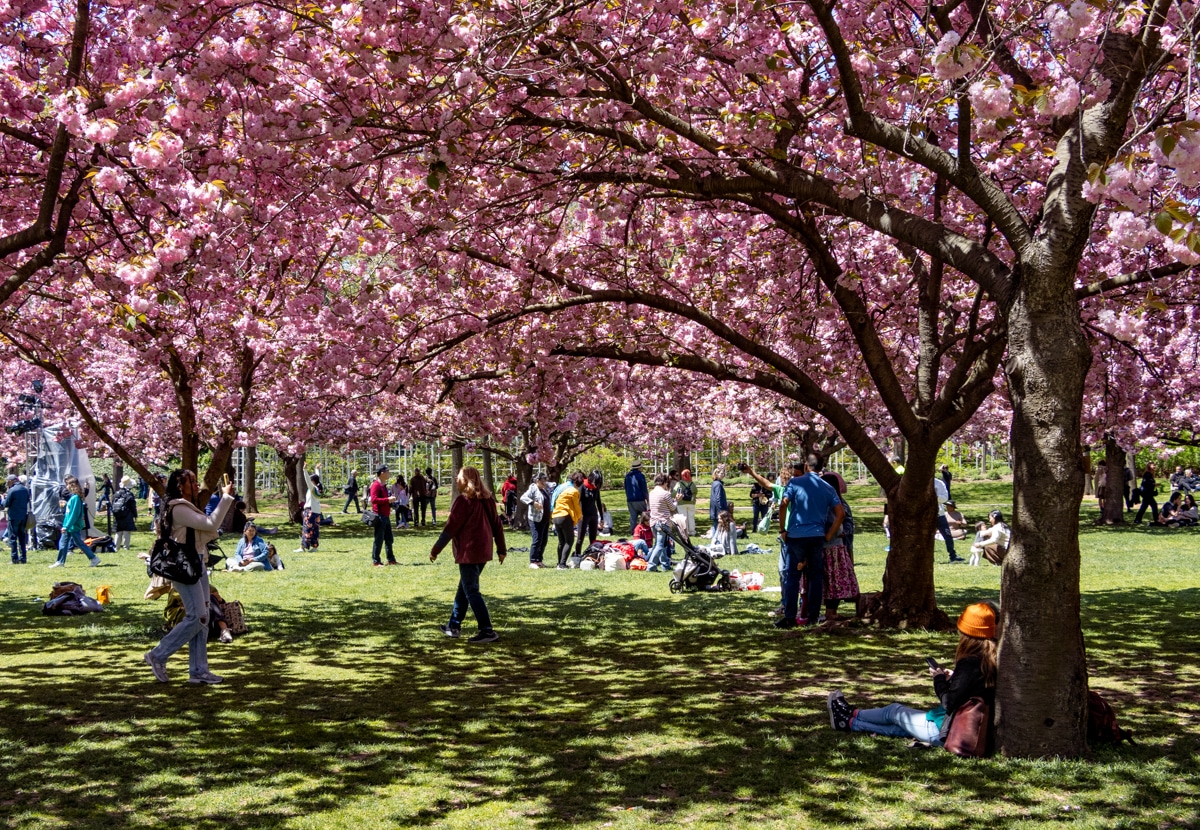
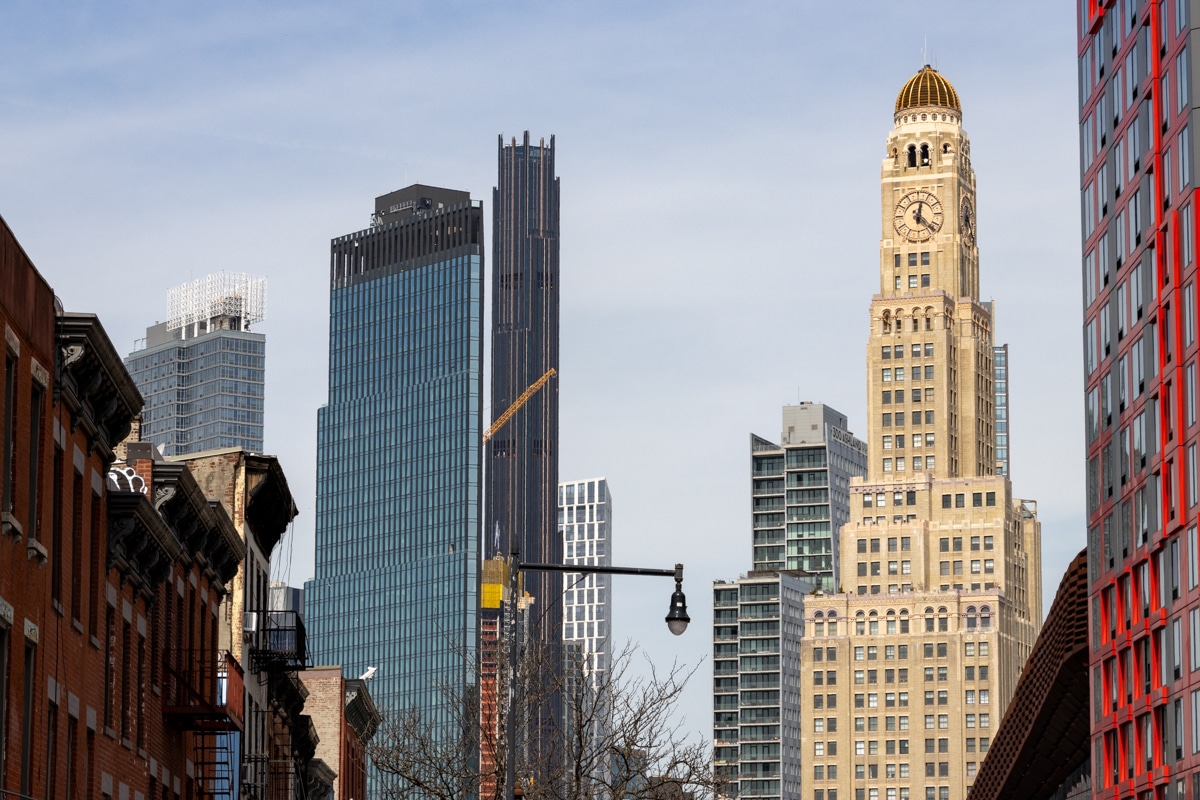






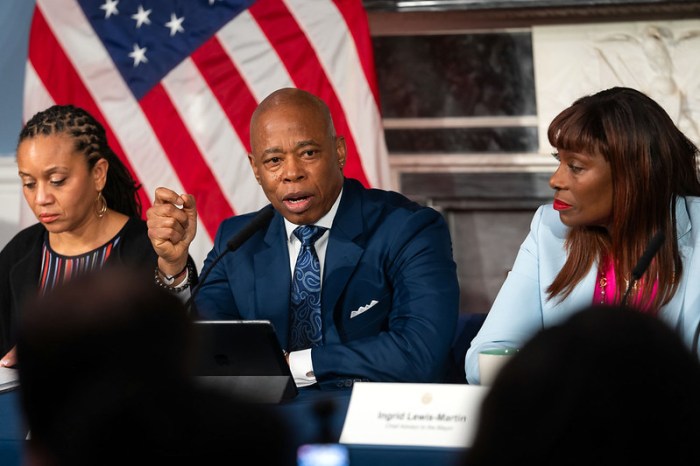
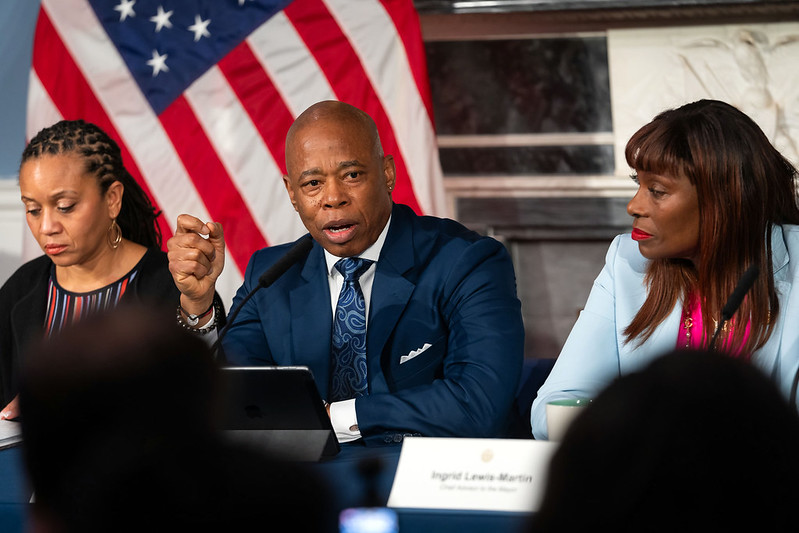

Recently Commented Stories
Very exciting! Congratulations. I hope to stop by.
Lefferts Manor Association Celebrates Centennial With 49th Annual House and Garden TourA Beautiful Historic Home that should be Landmarked. Believe will get above Asking. Respectfully A+ with Love
Shirley Chisholm’s Former Crown Heights House Asks $2.6 MillionOur house tour resumes this year: After a five-year hiatus, the Prospect Lefferts Gardens House & Garden Tour is BACK! It will be on Sunday, June 2nd noon-5pm. This is it’s usual “first Sunday of June” slot. The weather is usually excellent on this day. Regardless, the event is RAIN or SHINE. It will be PLG’s 50th house tour and it’s expected to be a “golden” experience for all. Eight sets of homeowners have stepped up to the plate to create a diverse lineup of interiors for you to enjoy. As the presence of house tours diminishes around Brooklyn, PLG’s is still going strong. This is a testament to the community-minded character of the neighborhood. It’s the friendliest tour around! When a break is needed, take advantage of the refreshment stop. “The Lefferts Lounge” will offer tourgoers a place to relax in a lush backyard, wet their whistle and enjoy some live entertainment arranged by PLG Arts. Take in a wine tasting or cocktail mixing demonstration. There’ll be something for everyone! $30 Advance Tickets are now on sale on Eventbrite.com. Click the link here. They can also be purchased at the following local businesses. Ix Restaurant – 43 Lincoln Rd Awesome Home – 653 Flatbush Avenue DRINK – 492 Flatbush Avenue Trixie’s Pet Food Supplies & Accessories – 575 Flatbush Avenue Little Mo Wine & Spirits – 1125 Nostrand Avenue $35 Tickets are available on tour day Look for the ticket table at Ix Restaurant – 43 Lincoln Rd Questions? Email us at leffertsmanorassoc@gmail.com
Lefferts Manor Association Celebrates Centennial With 49th Annual House and Garden TourVisit the link in the story for the NYC Housing Connect Site where you can get information about applying for this and other housing lotteries. https://housingconnect.nyc.gov/PublicWeb/details/4654
Affordable Housing Lottery With Units Starting at $465 Opens in East New York